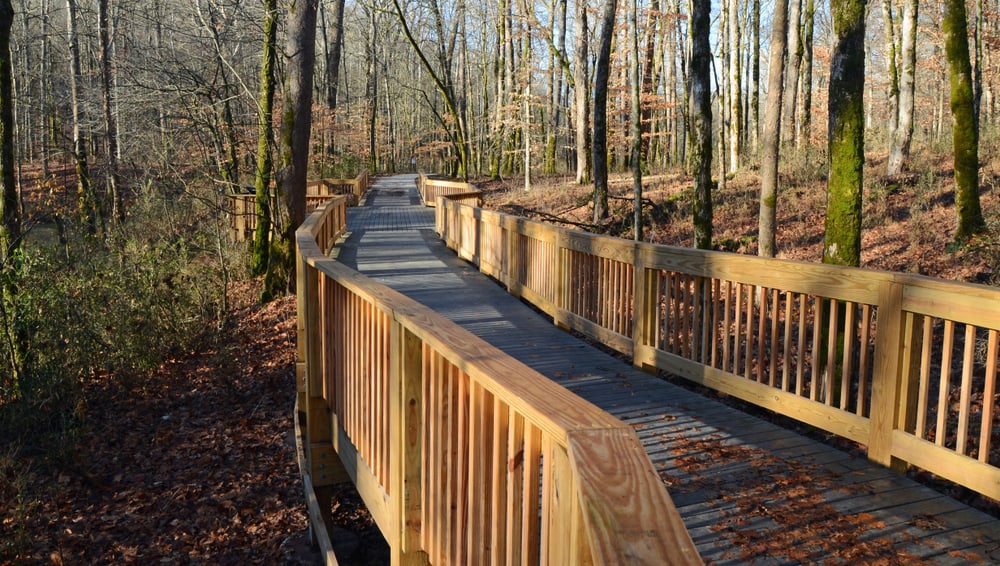Technology has been changing the lives of people with a disability across the world for many years. It broadly takes two forms: those technologies that enhance and augment the capacity of the individual such as wheelchairs, glasses or hearing aids, and those technologies that expand or enhance the environment to accommodate the diversity of human functioning.
While some technologies can be defined as assistive, designed to address the needs of people with disability, others are far more mainstream, meeting the needs of a broad population and in doing so including functionality that supports those with additional needs. Such additional needs can include situational disabilities, where the environment reduces access for many for a short time. For instance, the same technology that allows a person to control their phone with their voice, as a result of a physical disability, also gives anyone control over their phone when they cannot touch it, such as when driving.
The demand for all forms of assistive technology (AT) is increasing globally, and it has become clear that traditional products and services have not proven capable of addressing the scale of the need. So our approach to both products and the AT ecosystem needs to be rebuilt with the breadth and depth of needs addressed. Such innovation and change can fairly be described as disruptive.
Such innovation is already impacting on traditional assistive technologies including the design and delivery of mobility aids and prosthetics. “Prosfit” from Bulgaria demonstrate how 3D printing offered a means to reduce the cost of providing prosthetic limbs by sharing expertise remotely to design and distribute the prosthetic, tailored to the individual and fitted locally. Other available products include the use of open licences to share and distribute resources to support communication and literacy. For example, “Global Symbols”, “Project Vive” and “eKitabu” create products and services based on open licenced technologies facilitating local manufacture and distribution of essential resources. Each demonstrates the value of an open approach in communities across the world including the Middle East, Latin America and Kenya, reaching people with disabilities in countries which were previously unable to make use of, or afford, traditional resources and solutions.
This diversity of solution offers us the means of meeting the needs of people with a disability across the world. Features built into our phones, tablets and computers give access to many who are blind, print- or hearing-impaired, or physically unable to manipulate a device without additional resources. Others benefit from the additional functions of free and open source technologies that can be added to such devices, allowing funds and time to be spent considering those with the greatest barriers to access. But making this happen is challenging. The products exist, but the distribution and implementation of products that are affordable, that are suitable for every person, with the support and training required requires an AT ecosystem to be active, reflecting local experience, language and culture and combining awareness, assessment of needs, provision, training, support and further research based on clear rights-based policies. The coordination and implementation of such an ecosystem is the greatest challenge in ensuring access for all.
Developing an AT ecosystem that can address the scale of need also requires fresh thinking. Increasingly, emerging technologies are suggesting ways in which we can respond to that need. New media, and especially social media, needs to be seeded with appropriate and independent resources to encourage awareness of and advice about assistive technologies. Approaches to assessment of need and identification of solutions are increasingly available online, such as in the GARI database of mobile technologies (www.gari.info), or are driven by AI and machine learning to improve the matching of needs to options, such as ATVisor (www.atvisor.ai). The building of capacity within countries will encompass not only awareness, advice and assessment, but will include provision models, training and technical support – all of which are potentially available online and on demand for a range of solutions. Making such a change in the provision of AT will require the commitment of policy makers, engaged with those with a disability to build systems that are efficient and effective. Whilst all change brings risks, the potential impact in addressing the needs of all citizens are significant – and I look forward to discussing how we can work together to make this happen in the panel session “Accessibility matters: dismantling the barriers of disability with technology” at ITU Telecom World 2019 this September.
